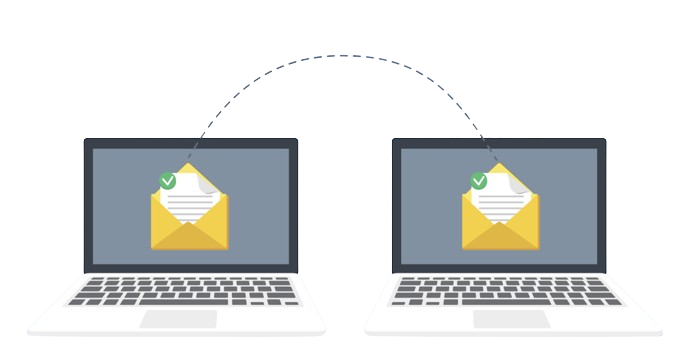Boost Productivity with Email Migration: A Complete Guide for Businesses
In the fast-paced digital world, efficient communication is vital for business success. Email migration, the process of moving email data from one platform to another, can significantly boost productivity by improving system performance, enhancing security, and streamlining operations. This comprehensive guide will help you navigate the email migration process smoothly, ensuring minimal disruption and maximum benefit for your business.
Boost Productivity with Email Migration: A Complete Guide for Businesses
Understanding Email Migration
What is Email Migration?
Email migration involves transferring emails, contacts, calendars, and other data from one email system to another. This process is often undertaken to upgrade systems, consolidate accounts, or move to cloud-based services for better performance and features.
Benefits of Email Migration
Email migration offers numerous advantages, including:
- Enhanced Features: Access to advanced functionalities and improved user experience.
- Increased Security: Benefit from robust security measures in modern email systems.
- Improved Performance: Faster and more reliable email systems enhance productivity.
- Centralized Management: Simplify management by consolidating multiple accounts into one platform.
Preparing for Email Migration
Assessing Your Current Environment
- Inventory Existing Accounts:
- Compile a list of all email accounts and mailboxes.
- Identify active and inactive accounts.
- Evaluate Data Volume:
- Estimate the total amount of data to be migrated, including email size, attachments, contacts, and calendars.
- Identify Dependencies:
- Note any integrations with other systems or applications.
- List any specific configurations or settings.

Choosing the Right Migration Tool
Selecting the right tool is crucial for a successful migration. Popular options include:
- BitTitan MigrationWiz: Supports various email platforms with a user-friendly interface.
- Microsoft Data Migration Service: Ideal for migrating to Microsoft 365.
- Google Workspace Migration Guide: Best for moving to Google Workspace.
Step-by-Step Instructions for a Successful Email Migration
Step 1: Develop a Detailed Migration Plan
- Set a Realistic Timeline:
- Define key milestones and deadlines.
- Allocate sufficient time for each phase of the migration.
- Assign Responsibilities:
- Designate team members to specific tasks.
- Ensure clear communication and accountability.
- Communicate with Stakeholders:
- Keep all relevant parties informed about the migration process.
- Provide regular updates on progress and any issues.
Step 2: Backup Your Data
Create a comprehensive backup of all email data before starting the migration to safeguard against data loss.
Step 3: Conduct a Pilot Migration
- Select a Test Group:
- Choose a small subset of data for the pilot.
- Include different types of data, such as emails, contacts, and calendars.
- Identify and Resolve Issues:
- Test the functionality and performance in the new environment.
- Address any issues before proceeding with the full migration.
Step 4: Execute the Full Migration
- Monitor the Process:
- Use migration tools to track progress.
- Identify and troubleshoot issues promptly.
- Minimize Downtime:
- Schedule migrations during off-peak hours.
- Consider a phased approach to migrate data in stages.
Post-Migration Steps
Step 5: Verify Data Integrity
Ensure all data has been accurately migrated:
- Review mailboxes for completeness.
- Check that emails, attachments, contacts, and calendars are intact.
Step 6: Update DNS Settings
Point your DNS settings to the new email servers to ensure proper email delivery.
Step 7: Inform and Train Users
- Communicate Changes:
- Notify users about the migration.
- Provide instructions on accessing the new system.
- Offer Support:
- Address user concerns or issues promptly.
- Provide training to help users adapt to the new email platform.
Overcoming Common Challenges
Data Loss
Mitigate the risk of data loss by ensuring thorough backups and conducting pilot migrations.
Compatibility Issues
Choose the right migration tool and plan for necessary configurations to address compatibility issues.
Security Concerns
Maintain security by encrypting data during transfer and ensuring only authorized personnel have access to the migration tools.
External Links
Internal Link
- Contact NABCO IT – For professional assistance with your email migration, reach out to NABCO IT.
Conclusion
Email migration can significantly enhance your business’s productivity by improving system performance, security, and management. Following a structured approach and using the right tools will ensure a smooth and successful transition. For expert support and services, consider contacting NABCO IT, your trusted partner in email migration.
This guide provides essential steps for a successful email migration, ensuring a smooth transition to your new email system. For additional support and professional assistance, reach out to NABCO IT.

